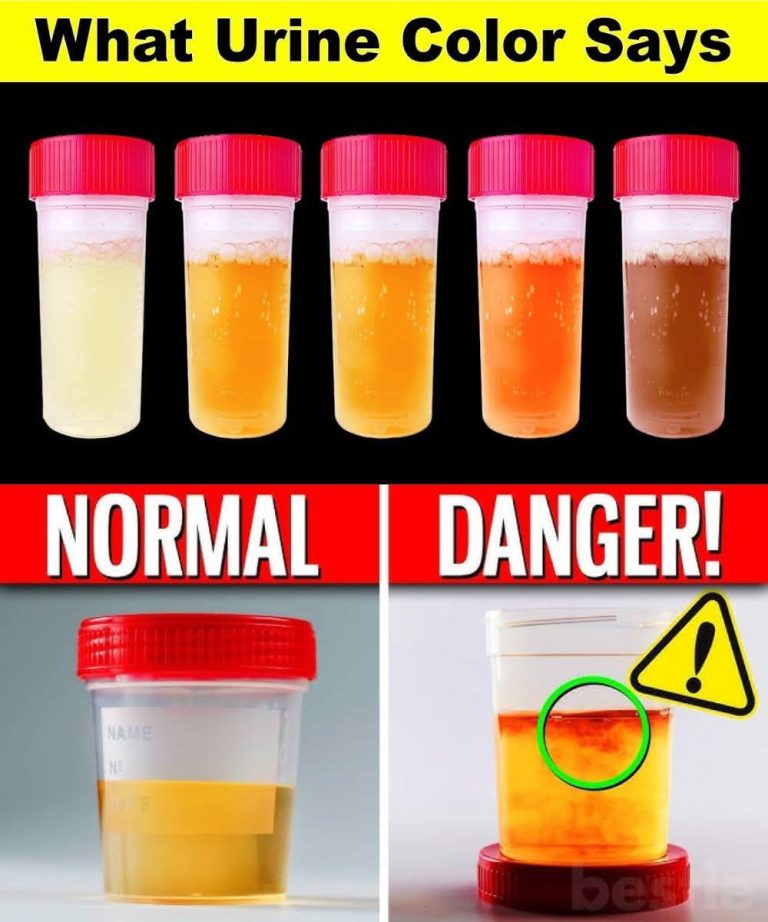Urine may seem like just a waste product, but in reality, it is one of the body’s simplest and most effective diagnostic tools. The color, clarity, and even the smell of your urine can reveal valuable insights about your hydration, diet, medications, and even underlying health conditions. Paying attention to these changes helps you understand your body better and can alert you to early signs of health problems.
In this article, we will explore what different urine colors may mean, when to take action, and how to maintain a healthy urinary system.
Clear or Pale Yellow Urine: A Sign of Good Hydration
When your urine appears light straw-colored or pale yellow, it usually indicates that your body is well hydrated. This is often considered the “ideal” urine color, showing that your kidneys are filtering waste properly while maintaining a good balance of water.
What It Means for Your Health
It shows that you are drinking enough fluids for your body’s needs.
Your kidneys are working effectively to flush out toxins and maintain balance.
A Word of Caution
If your urine is consistently very clear, it may also mean that you are drinking too much water. While hydration is essential, overhydration can dilute important electrolytes such as sodium and potassium, which are vital for muscle and nerve function.
Dark Yellow or Amber Urine: A Signal of Dehydration
If your urine turns dark yellow or amber, this is usually a sign that your body needs more fluids. When dehydrated, the kidneys conserve water, leading to more concentrated urine that appears darker.
What You Should Do
Increase your water intake throughout the day.
Be extra mindful after exercise, during hot weather, or when consuming diuretic beverages like coffee or alcohol.
Staying hydrated not only prevents kidney strain but also supports digestion, energy levels, and skin health.
Orange Urine: Dehydration or Medication Side Effect
Orange-colored urine can be surprising and sometimes concerning. In many cases, it is linked to dehydration or the use of certain medications.
Possible Causes
Severe lack of water.
Medications such as rifampin (an antibiotic), sulfasalazine (used for arthritis), or phenazopyridine (for urinary discomfort).
High intake of foods or supplements rich in beta-carotene or vitamin C.
When to Seek Medical Help
If orange urine is accompanied by pale stools or yellowing of the eyes and skin, it could indicate a problem with the liver or bile ducts. In such cases, medical attention should be sought immediately.
Pink or Red Urine: Could Be Food or Something Serious
Red or pink urine can look alarming, but not all causes are dangerous. Sometimes, this color results from eating naturally pigmented foods such as beets, blueberries, or rhubarb.
see more on the next page
